Hanoi is the locality with the most district-level administrative units in Vietnam with 30 districts, towns and cities - Photo: HONG QUANG
According to conclusion 126, the Politburo and the Secretariat assigned the Government Party Committee to preside over and coordinate with the Central Organizing Committee, the National Assembly Party Committee, and relevant Party committees and organizations to study the orientation to continue to reorganize and eliminate the intermediate administrative level (district level).
6 provinces and cities with the most district levels
According to data from the Ministry of Home Affairs , through two recent rounds of restructuring and merging district-level units, including the 2019-2021 period and the 2023-2025 period, the country currently has 696 district-level units.
Of which, as of January 1, 2025, the whole country has 2 cities under the central government including Thu Duc City (Ho Chi Minh City, established on January 1, 2021) and Thuy Nguyen City (Hai Phong City, established from January 1, 2025).
Along with that, there are 84 provincial cities, 53 towns, 49 districts and 508 counties.
If we calculate the local division with the most district-level units, then Hanoi is at the top with 30 units including 12 districts, 17 counties and 1 town.
The 12 districts of Hanoi include Ba Dinh, Cau Giay, Dong Da, Hai Ba Trung, Hoan Kiem, Thanh Xuan, Hoang Mai, Long Bien, Ha Dong, Tay Ho, Nam Tu Liem and Bac Tu Liem.
17 districts including Thanh Tri, Ba Vi, Dan Phuong, Gia Lam, Dong Anh, Thuong Tin, Thanh Oai, Chuong My, Hoai Duc, My Duc, Phuc Tho, Thach That, Quoc Oai, Phu Xuyen, Ung Hoa, Me Linh, Soc Son. 1 town Son Tay.
Second, Thanh Hoa province has 26 units, including 2 cities Thanh Hoa and Sam Son, 2 towns Nghi Son and Bim Son, and 22 districts.
Third, Ho Chi Minh City has 22 district-level units including 1 Thu Duc city, 16 districts including 1, 3, 4, 5, 6, 7, 8, 10, 11, 12, Binh Tan, Tan Binh, Go Vap, Phu Nhuan, Tan Phu, Binh Thanh; 5 districts including Binh Chanh, Cu Chi, Hoc Mon, Can Gio, Nha Be.
Among the top 3 localities, Hanoi is the capital, a special urban area of Vietnam. After merging Ha Tay and some localities of Vinh Phuc and Hoa Binh in 2008, among the 6 centrally-run cities today, Hanoi has the largest area with 3,359km2.
Hanoi is also the second largest locality in the Red River Delta after Quang Ninh. Hanoi's population is about 8.68 million people (as of 2024). In 2024, Hanoi is the city with the largest budget revenue in the country, estimated at 509,300 billion VND.
With an area of 11,129.48 km2, Thanh Hoa is the 5th largest province in the country. Thanh Hoa's area is behind Nghe An (16,486.5 km2 - 20 district-level units), Gia Lai (15,510.1 km2 - 17 district-level units), Son La (14,109.8 km2 - 12 district-level units), Dak Lak (13,070.4 km2 - 15 district-level units).
The population of this province is more than 3.7 million people (as of 2024, ranking 3rd in the country after Ho Chi Minh City, Hanoi, and ranking first among the provinces).
With Ho Chi Minh City - the largest special urban area in the country. The city currently has an area of 2,095km2 with a population of over 8.9 million people (2024). The city is the second largest centrally-governed city after Hanoi but has the largest population in the country.
In 2024, Ho Chi Minh City will also rank second in the country in terms of budget revenue, estimated at VND 508,553 billion.
Ranked 4th is Nghe An with 20 district-level units including 1 Vinh city, 2 towns of Hoang Mai, Thai Hoa and 17 district-level units. With an area of 16,486.5 km2, Nghe An is the province with the largest area in the country.
Quang Nam and Gia Lai are in 5th place with 17 district-level units. Quang Nam has an area of 10,574.70km2, a population of nearly 1.5 million people, including 2 cities Tam Ky and Hoi An, 1 town Dien Ban, and 14 districts.
Meanwhile, Gia Lai has an area of 15,510.1 square kilometers, a population of more than 1.6 million people, including 1 city Pleiku, 2 towns An Khe, Ayun Pa and 14 districts.
District level numbers of provinces and cities
Also according to statistics, 4 provinces have 15 district-level administrative units including Kien Giang, Long An, Hai Phong City, and Dak Lak.
4 provinces have 13 district-level units including Phu Tho, Quang Ngai, Quang Ninh,
4 provinces have 12 district-level units including Son La, Hai Duong, Dong Thap, Ha Tinh.
8 provinces have 11 district-level units including An Giang, Binh Dinh, Binh Phuoc, Dong Nai, Ha Giang, Lang Son, Soc Trang, Tien Giang.
9 provinces have 10 district-level units including Quang Tri, Kon Tum, Hung Yen, Hoa Binh, Dien Bien, Cao Bang, Binh Thuan, Bac Giang, Lam Dong.
14 provinces and cities have 9 district-level units including Nam Dinh, Ben Tre, Binh Duong, Ca Mau, Can Tho, Khanh Hoa, Lao Cai, Phu Yen, Tay Ninh, Thai Nguyen, Hue City, Tra Vinh, Vinh Phuc, Yen Bai.
11 provinces and cities have 8 district-level units including Vinh Long, Thai Binh, Quang Binh, Lai Chau, Hau Giang, Dak Nong, Da Nang City, Bac Ninh, Bac Kan.
3 provinces have 7 district-level units including Bac Lieu, Ninh Thuan, Tuyen Quang, Ba Ria - Vung Tau, Ninh Binh.
Ha Nam is a province with 6 district-level units, the least in the country.
Strengthening and improving the quality of commune level
Previously, in discussions with Tuoi Tre Online, experts and National Assembly delegates all expressed agreement with the policy of studying the abolition of the district level and said that this is inevitable.
Delegate Bui Hoai Son, a full-time National Assembly delegate at the National Assembly's Committee on Culture and Society, assessed this as a strategic policy.
Demonstrate strong reform thinking to build a streamlined, efficient administration that is suitable for the country's development context.
Experts also noted that when abolishing the district level, it is necessary to prepare a number of conditions from funding, apparatus, to the capacity and qualifications of commune-level officials and civil servants.
In particular, it is necessary to strengthen and improve the quality and conditions for local authorities at the grassroots level to perform well in order to meet increasingly high requirements and tasks. In addition, the policies and regimes must also be different.
Source TTO
Source: https://baotayninh.vn/nghien-cuu-bo-cap-huyen-tinh-thanh-nao-dang-co-so-cap-huyen-nhieu-nhat-a186590.html


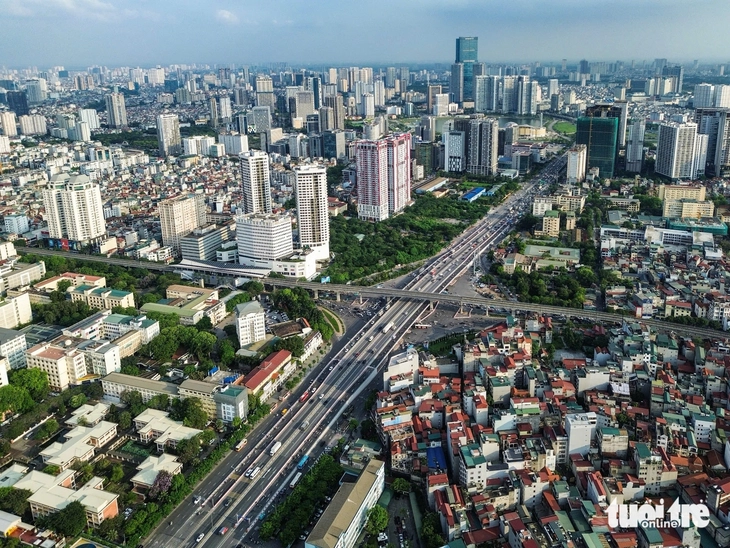



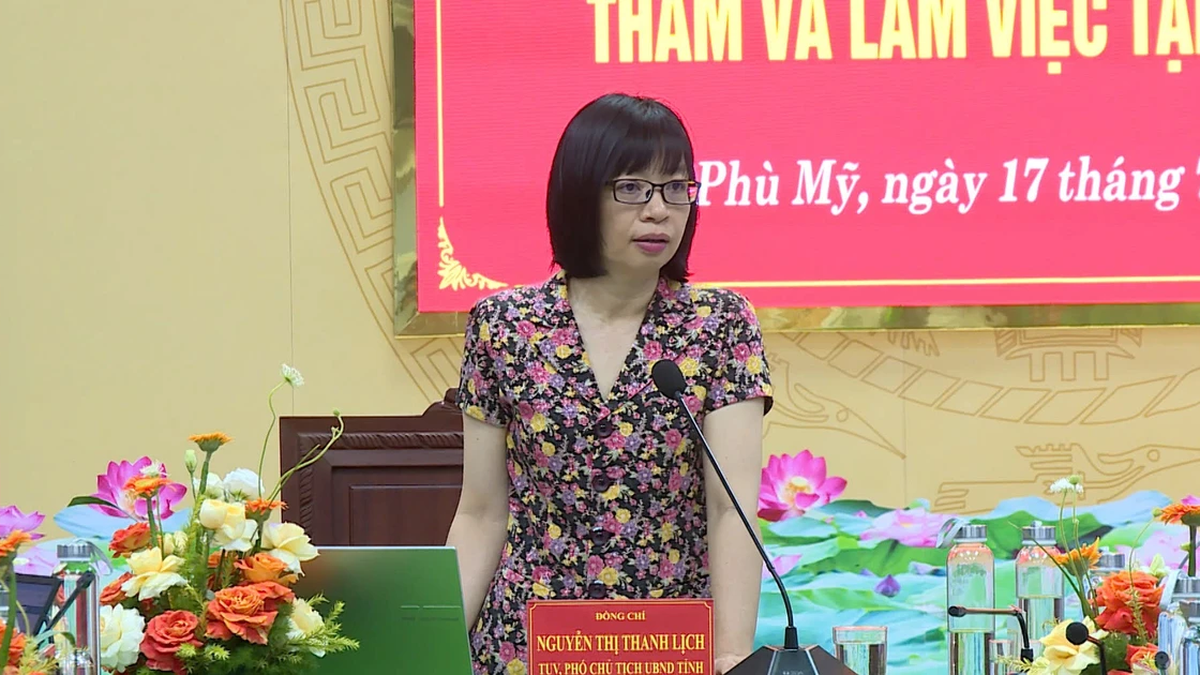

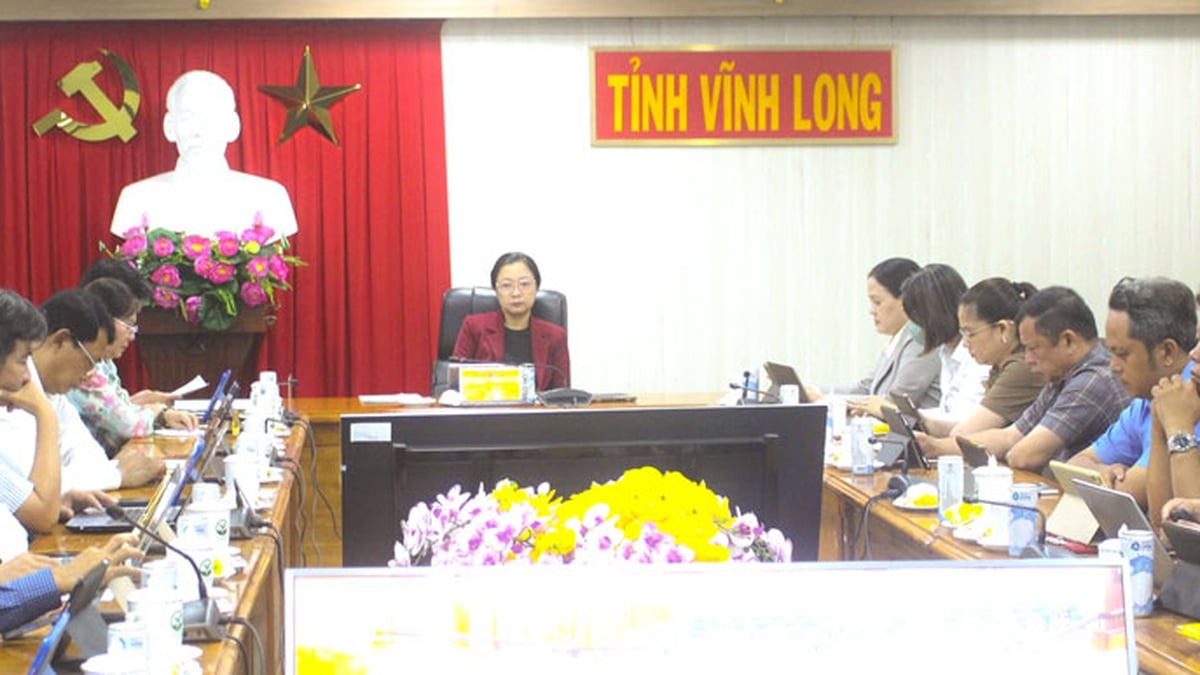
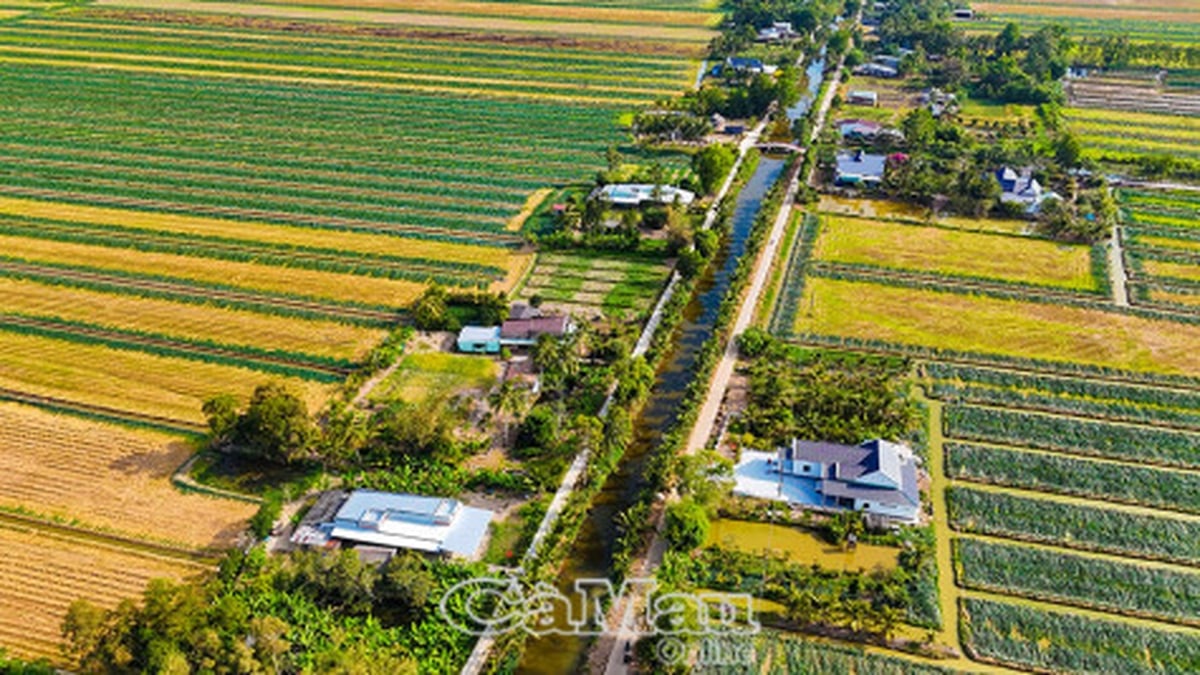




















































![[Maritime News] More than 80% of global container shipping capacity is in the hands of MSC and major shipping alliances](https://vphoto.vietnam.vn/thumb/402x226/vietnam/resource/IMAGE/2025/7/16/6b4d586c984b4cbf8c5680352b9eaeb0)










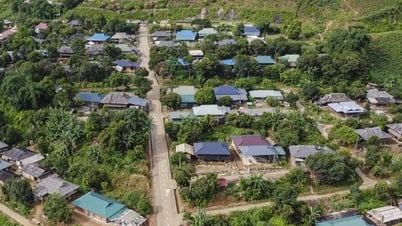



























Comment (0)